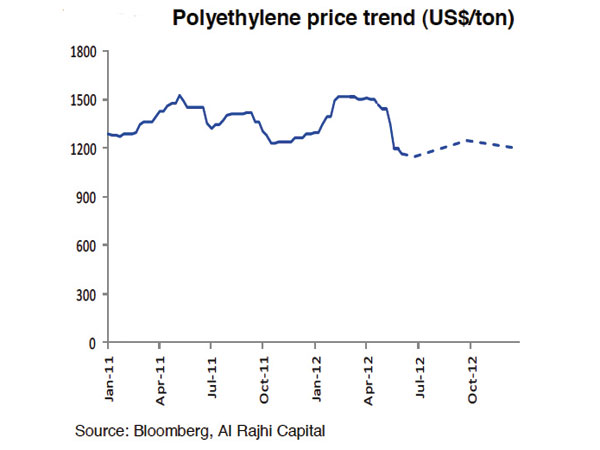On Zach Sherry’s first day of work at the General Motors Co. factory in Bedford, Ind., trainers gave a safety presentation that included an image of a cartoon hand spurting blood from the ring finger.
The overt message was straightforward: Rings can get caught in the machinery, so don’t wear them on the job.
The symbolism wasn’t lost on the 48-year-old Mr. Sherry, who had transferred to the Indiana facility after losing his previous job at the GM plant in Lordstown, Ohio, that shut down last year. The transfer meant leaving his family behind one state away.
“You just took me 450 miles from my home and you’re telling me to take my wedding ring off,” he says.
Mr. Sherry is one of a cadre of Lordstown workers turned middle-aged industrial migrants, venturing out alone in search of good pay and benefits.
Itinerant work has long been common in manufacturing, including people moving around the country for fracking jobs. Auto workers haven’t been immune to chasing their livelihoods across state lines, either. When GM and Chrysler LLC. closed plants as part of their bankruptcy restructurings a decade ago, workers were moved to the factories that survived.
The workers in Lordstown, many of whom are multigenerational GM employees, never planned to be among them. The plant was an example of American manufacturing might when it opened in 1966, churning out Chevrolet Impalas, Bel Airs and Caprices.
It has since become a symbol of the economic struggles of those who work in factory jobs. American auto workers in particular, already losing work due to advances in automation and shifts to overseas plants, now also face dwindling job prospects as car makers increasingly look to move to easier-to-assemble electric models.
Manufacturing jobs have grown during the economic expansion over the past decade, though the numbers have shrunk over the long term. In Ohio, the number of employees in manufacturing has dropped 35% since 2000, to around 660,700 in September, according to the Bureau of Labor Statistics.
A few months after taking office, President Trump traveled to Youngstown, a short drive from Lordstown, addressing blue-collar supporters who worried their factory jobs were gone for good.
“They’re all coming back,” he said. “Don’t move. Don’t sell your house.”
Instead, cratering demand for the Chevrolet Cruze left the Lordstown plant without a car to build, and, following a 40-day strike, company and United Auto Workers union officials agreed on terms for closing the plant. A large cadre of veteran employees faced the choice between staying home with their families but uncertain financial futures, or relocating to other GM plants where they’d hang onto their union pay and benefits.
When the assembly lines at Lordstown finally stopped, nearly all of the plant’s roughly 1,400 hourly auto workers were able to find jobs at other GM plants. The vast majority were in Texas, Missouri, Tennessee and other out-of-state locations, according to the company.
Some Lordstown workers sold their houses and hauled spouses and children to their new job sites. About half ventured out on their own, leaving families and homes in Ohio, according to people in the union who helped with transfers.
Lordstown Motors Corp., an electric-truck startup that bought GM’s factory in town, has promised to create jobs for 4,000 to 5,000 workers. Nearby, GM is building a $2.3 billion battery factory jointly operated with LG Chem that the companies say will employ 1,100 people.






